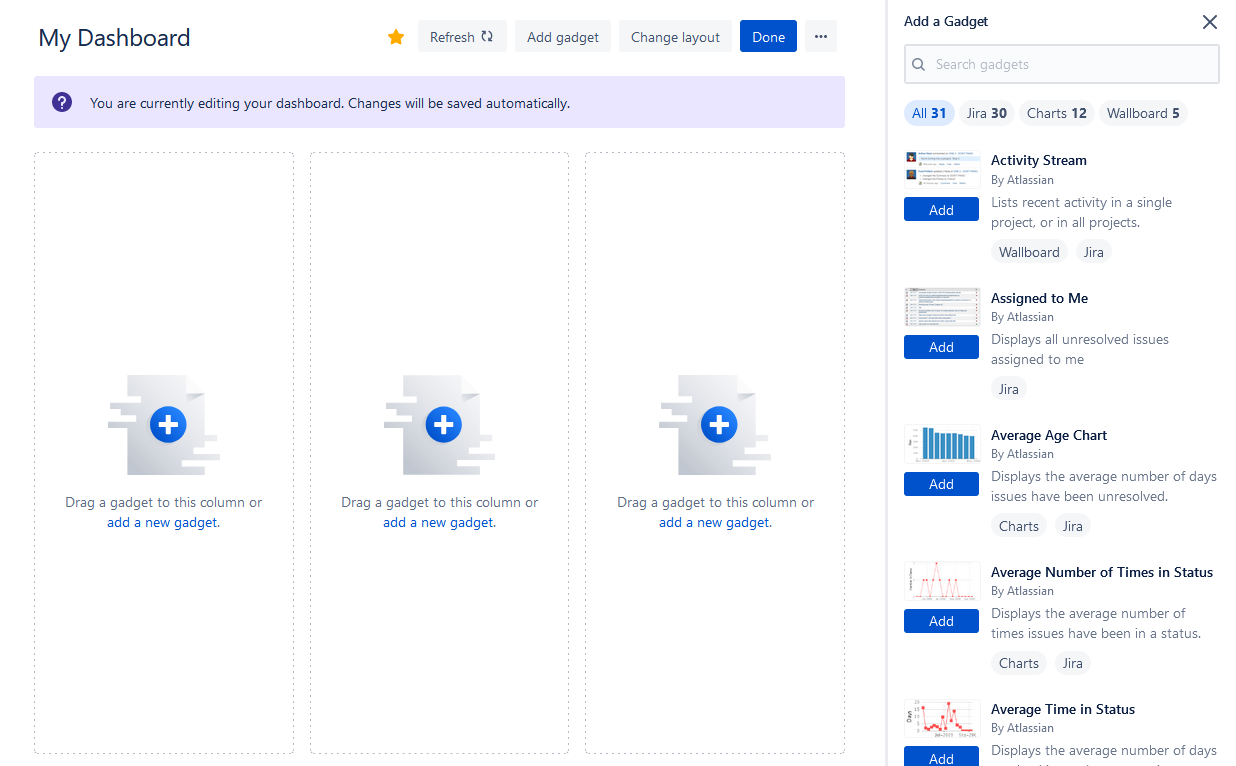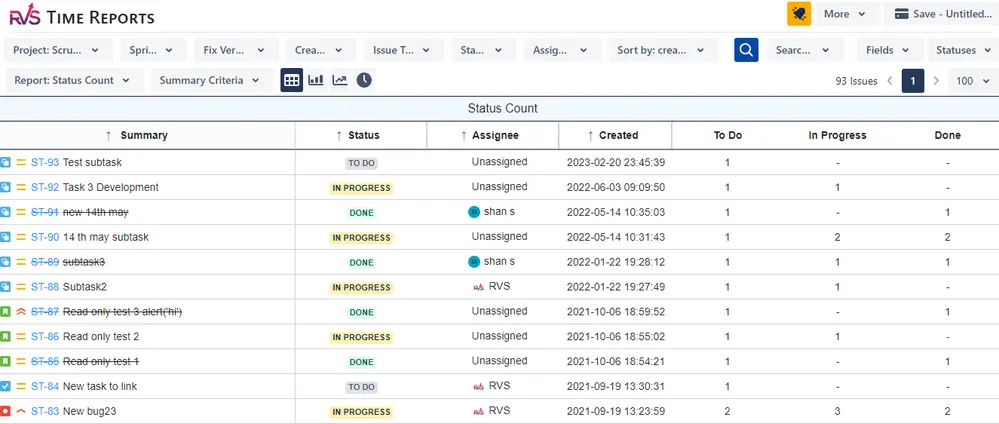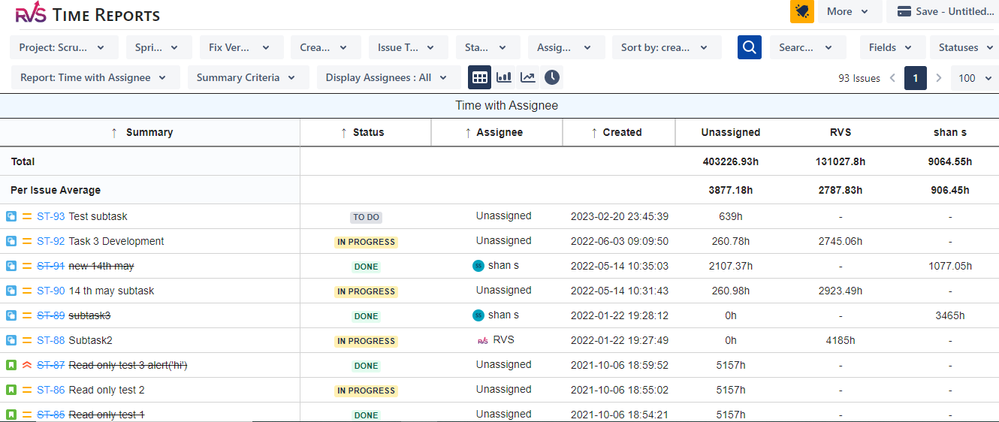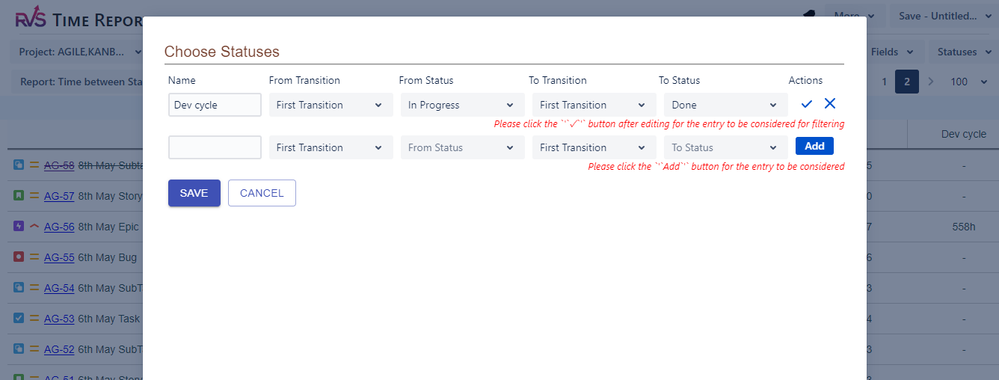
Jira dashboards are a central feature of Atlassian's project management tool, designed to provide users with real-time insights into their projects and workflows. They act as visual representations of key data, metrics, and progress, allowing teams to monitor their work, track issues, and make data-driven decisions effectively.
Jira dashboards are a central feature of Atlassian's project management tool, designed to provide users with real-time insights into their projects and workflows. They act as visual representations of key data, metrics, and progress, allowing teams to monitor their work, track issues, and make data-driven decisions effectively. This article will explore what Jira dashboards are, how they work, their components, and how to create and customize them.
A Jira dashboard is a personalized workspace that consolidates information from different Jira projects, issues, workflows, and reports into a single view. It provides visibility into the status of tasks, team performance, project progress, and other key insights using visual widgets and data visualization tools. Dashboards can be tailored to meet the needs of various stakeholders, including project managers, team members, and business analysts. They can focus on team performance, sprint progress, backlogs, open issues, or any other metric important to achieving project goals.
Jira dashboards offer several core features that make them a vital part of project tracking and management:
A Jira dashboard is a personalized workspace that consolidates information from different Jira projects, issues, workflows, and reports into a single view. It provides visibility into the status of tasks, team performance, project progress, and other key insights using visual widgets and data visualization tools. Dashboards can be tailored to meet the needs of various stakeholders, including project managers, team members, and business analysts. They can focus on team performance, sprint progress, backlogs, open issues, or any other metric important to achieving project goals.
Gadgets are the building blocks of Jira dashboards. They pull in information from your Jira instance to provide insights into your project progress and metrics. Here are some of the most popular types of gadgets:
These gadgets can help project managers and team members quickly visualize key performance trends and assess progress.
Creating a Jira dashboard is straightforward. Follow these steps:


To get the most out of your Jira dashboards, consider these best practices:
Jira dashboards can be tailored to fit many purposes. Some common use cases include:
"Time in Status Reports" app by RVS can be easily added as dashboard gadget and can provide Jira Time in Status values on Jira dashboards. Some of the popular and much needed reports which the app provides are as below.
This report shows how long each issue has spent in your workflow statuses. It helps to make urgent decisions regarding team workflow steps. You can filter data by Project, Fix Version, Sprint, Issue created date, Issue Types, Status, Assignee, Jira Filter, JQL. It will help to generate an accurate, detailed report based on the chosen criteria.

The Status Count report shows how often an issue has moved to each workflow status. So you can monitor how many times an issue moves to the "On Hold" or "Under Review" statuses and identify whether some delays occur.

The Assignee time report shows the total time a particular assignee has been working on the issue. That’s why it’s especially useful for identifying who is responsible for the workflow delays. It shows which assignee has been solving the task longer than it might be necessary.

This report helps in calculating the time between 2 specific statuses in the issue workflow.

The above reports provided by App, Time in Status Reports by RVS, provides more details and can be more customized according to your needs. These reports generate a great amount of data and help teams deliver high-quality products quickly and efficiently, making them more competitive. There are 20+ reports which the app provides.
For more information, visit here and get a 30-day free trial for Time in Status Reports by RVS now.
Jira dashboards are an essential tool for teams looking to streamline their project tracking, reporting, and decision-making processes. With customizable gadgets, real-time insights, and powerful visualizations, they allow users to monitor progress, detect bottlenecks, and make strategic decisions faster.
By focusing on customization, simplicity, and clarity, Jira dashboards can ensure that your team has the insights needed to succeed.
Whether you are new to Jira or an experienced user, investing time in designing and configuring the right dashboard will pay off by improving transparency, productivity, and collaboration across your team.
September 17, 2025
Jira's Time in Status report by RVS is a powerful tool that helps teams analyze workflow efficiency, identify bottlenecks, and optimize processes. Here are some real-world use cases
Read MoreSeptember 10, 2025
Managing project timelines and ensuring timely delivery is a crucial aspect of any project. Measuring the status transition duration in Jira helps you track how long an issue spends in each stage of its lifecycle. You can use different methods to measure this, depending on your Jira setup and available tools.
Read MoreAugust 13, 2025
Aren’t all the businesses that are working on various projects willing to invest their time! Investing time in the right direction is the key to good project management, and analysing and managing this correctly is an intrinsic quality of a good project manager.
Read More